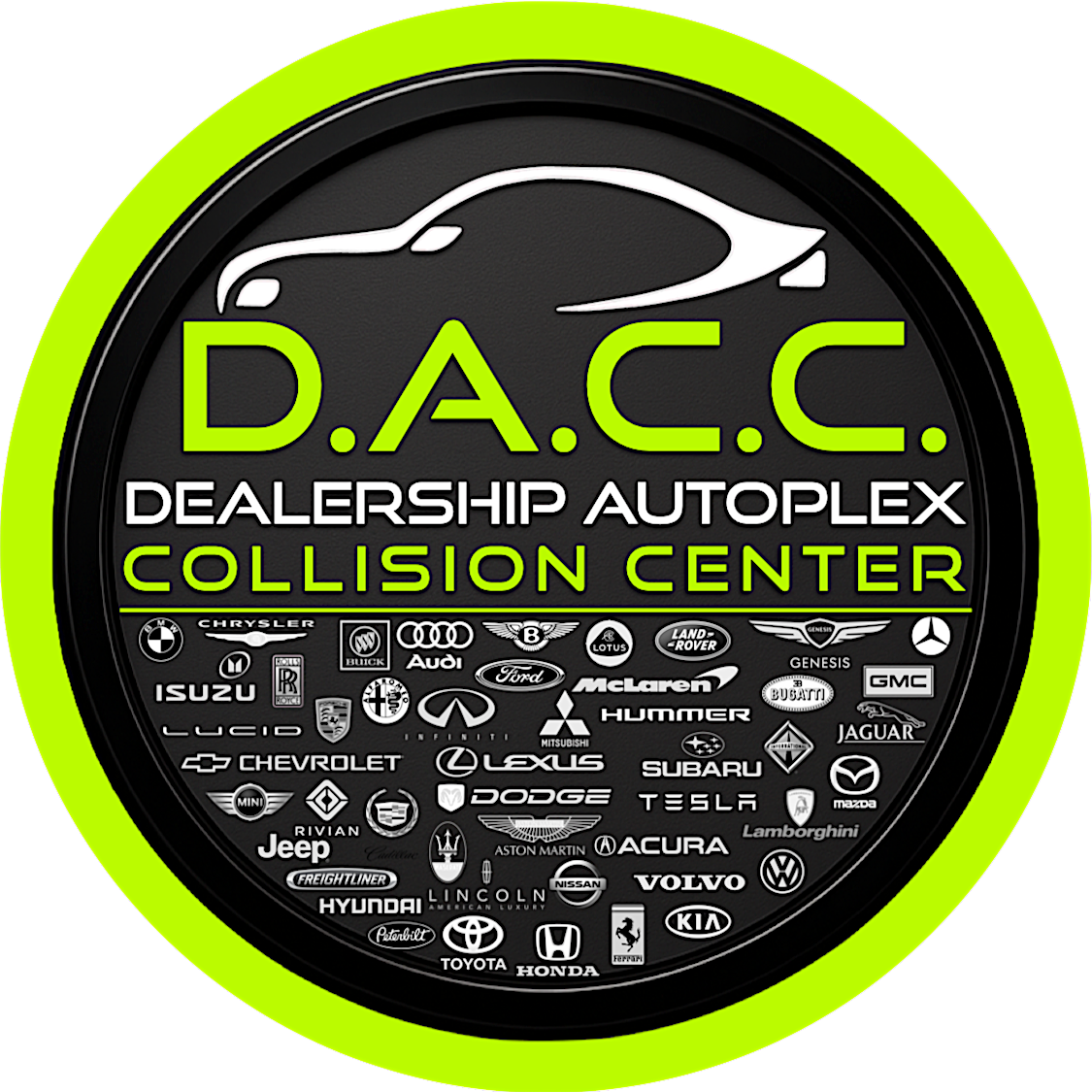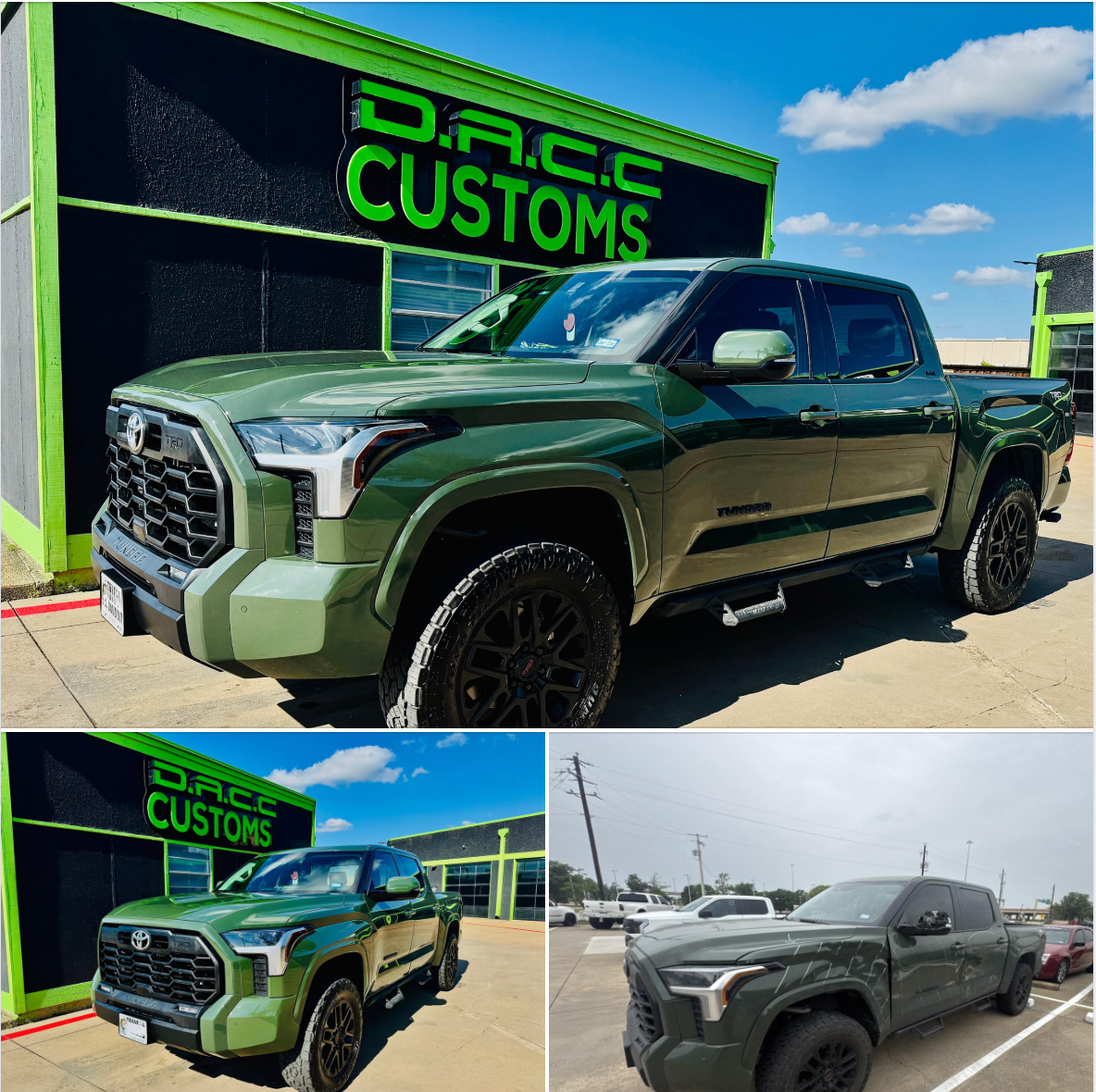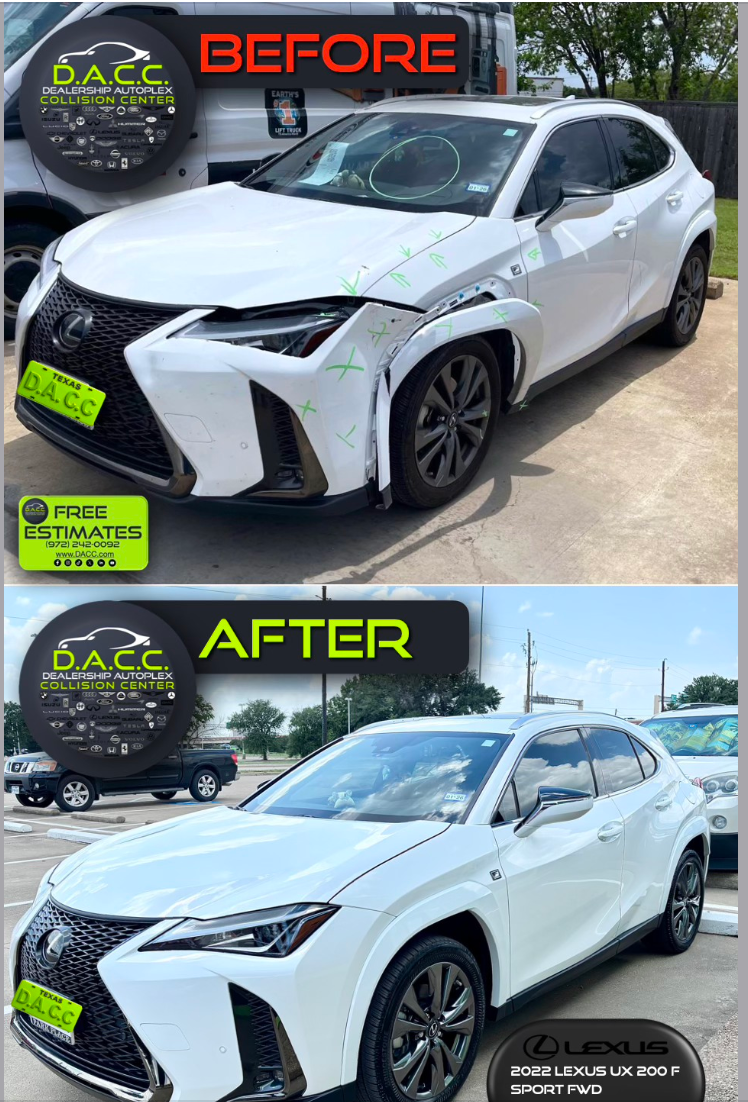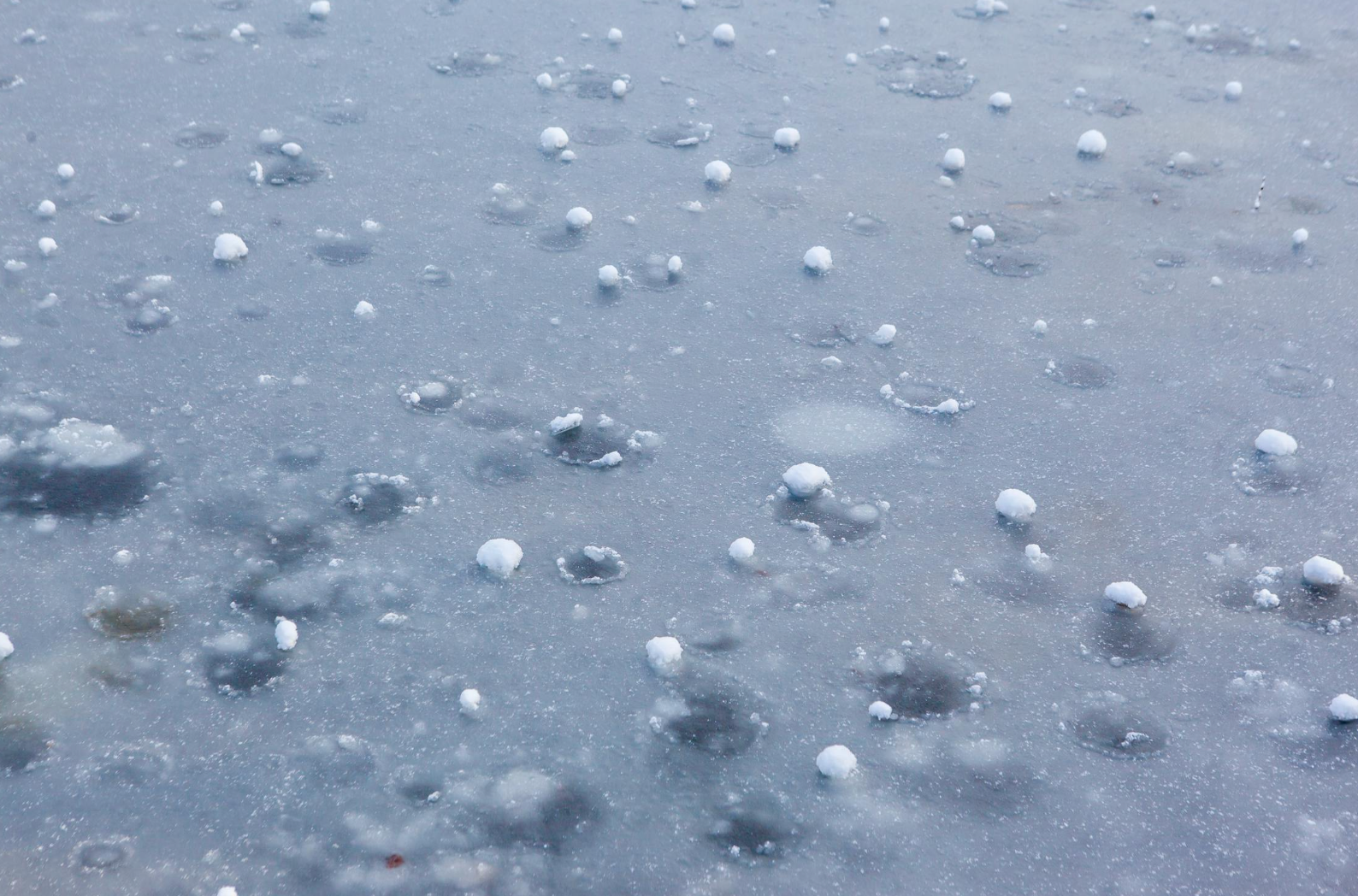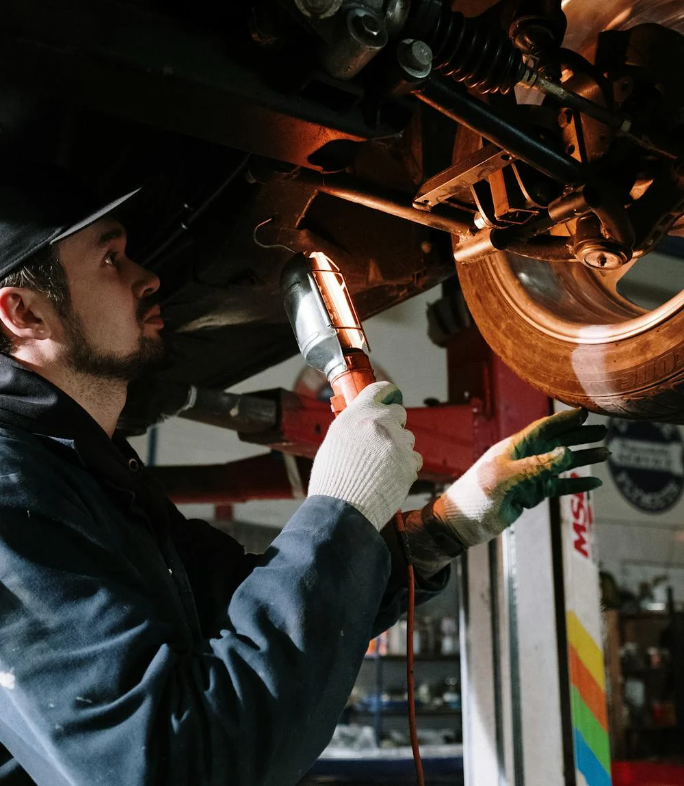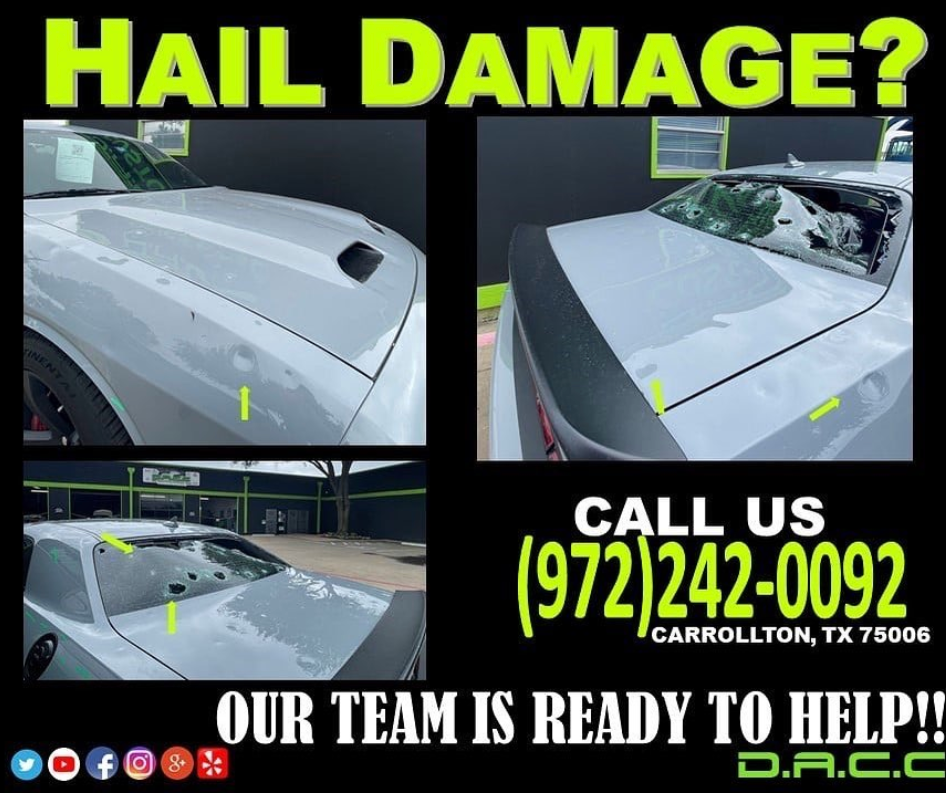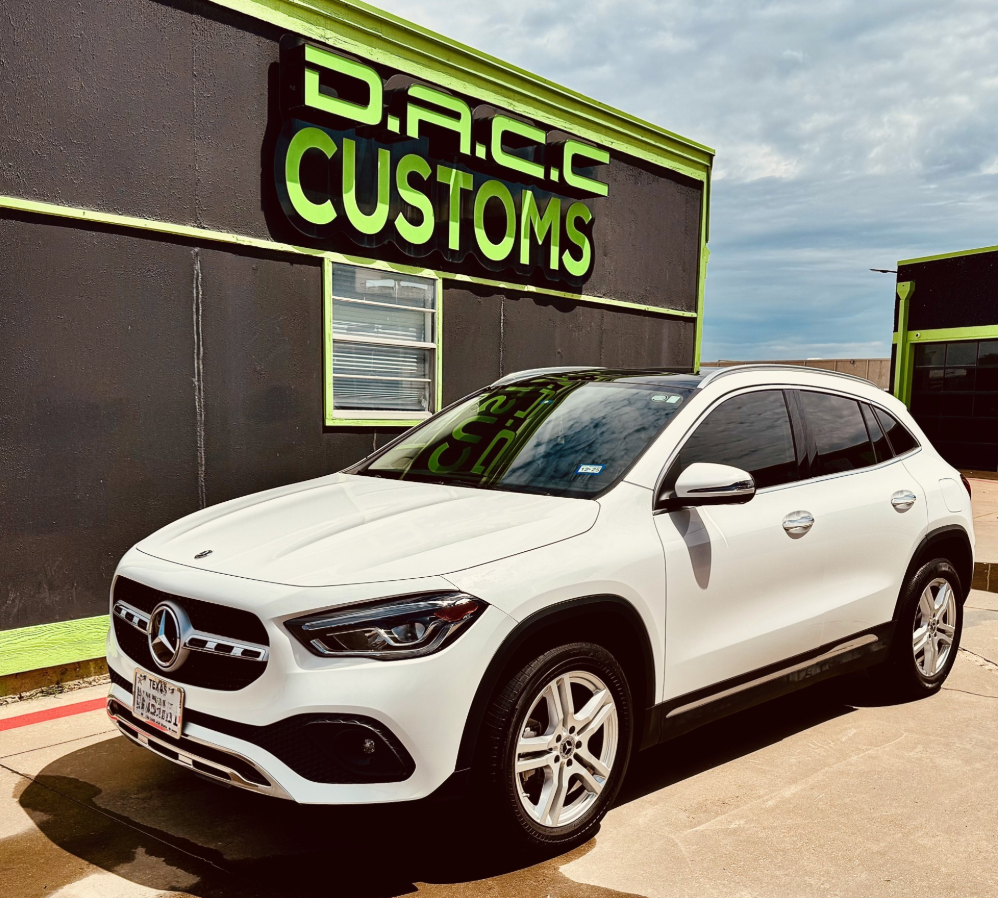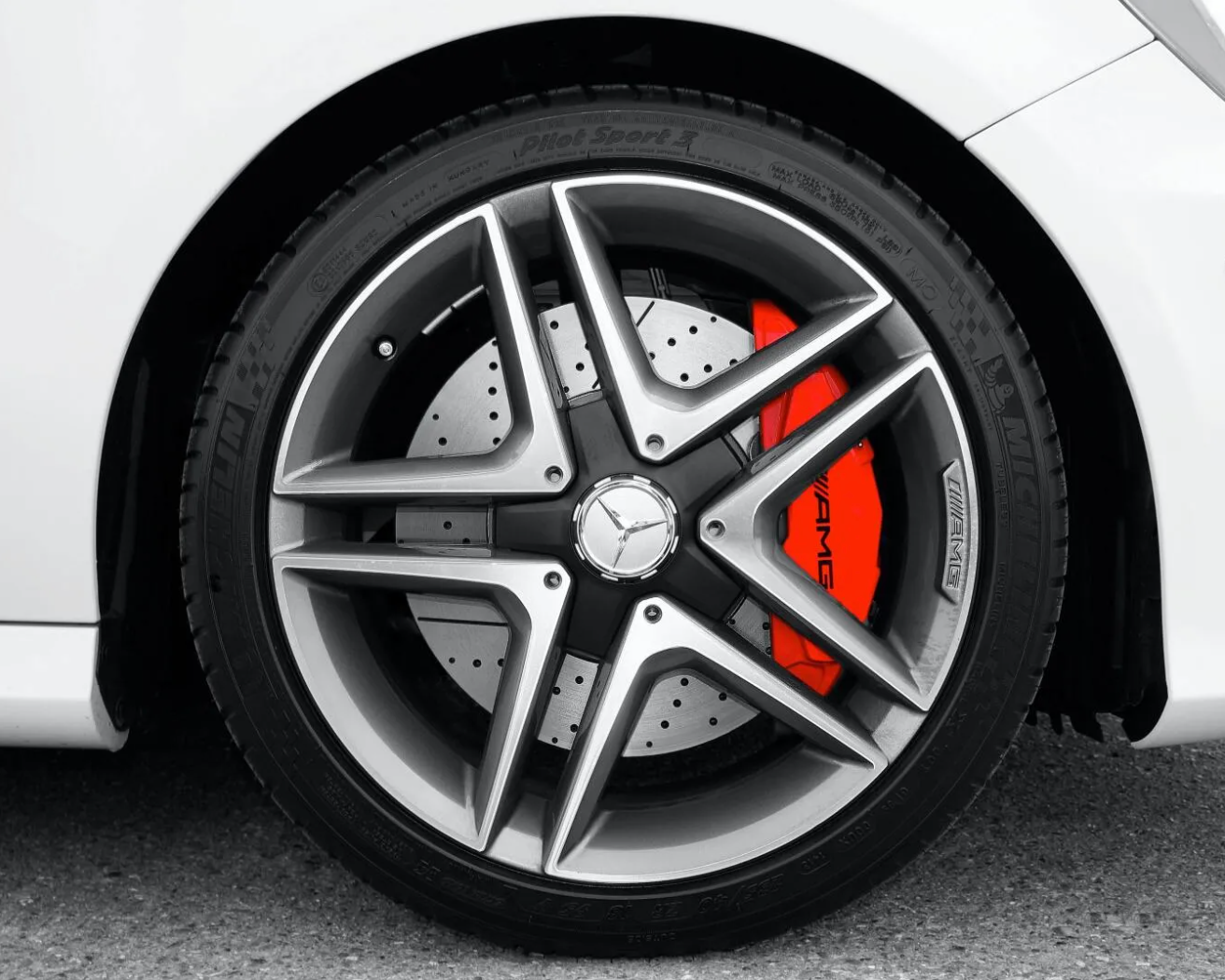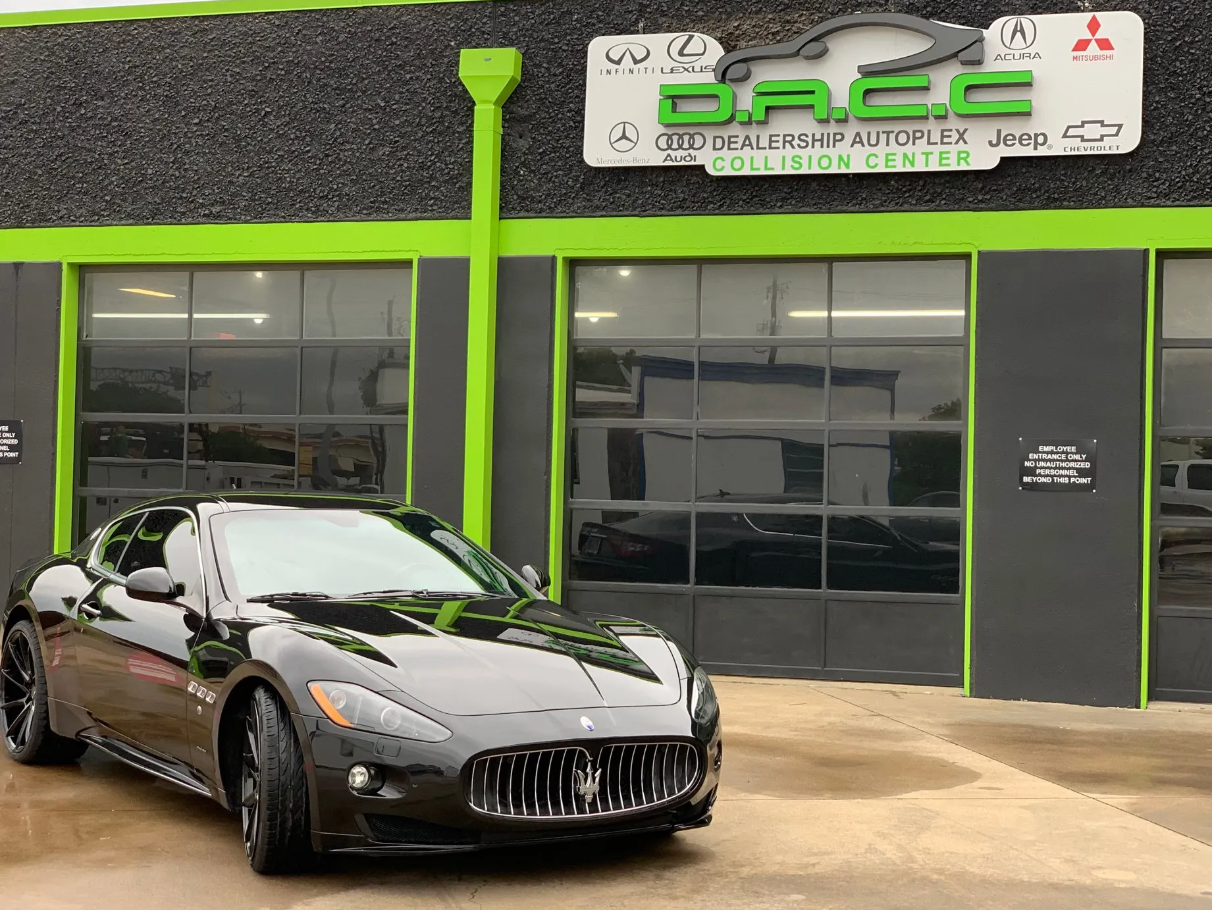The DACC Guide to the Importance of Tire Maintenance
July 12, 2022
Tire Maintenance | Tire Replacement
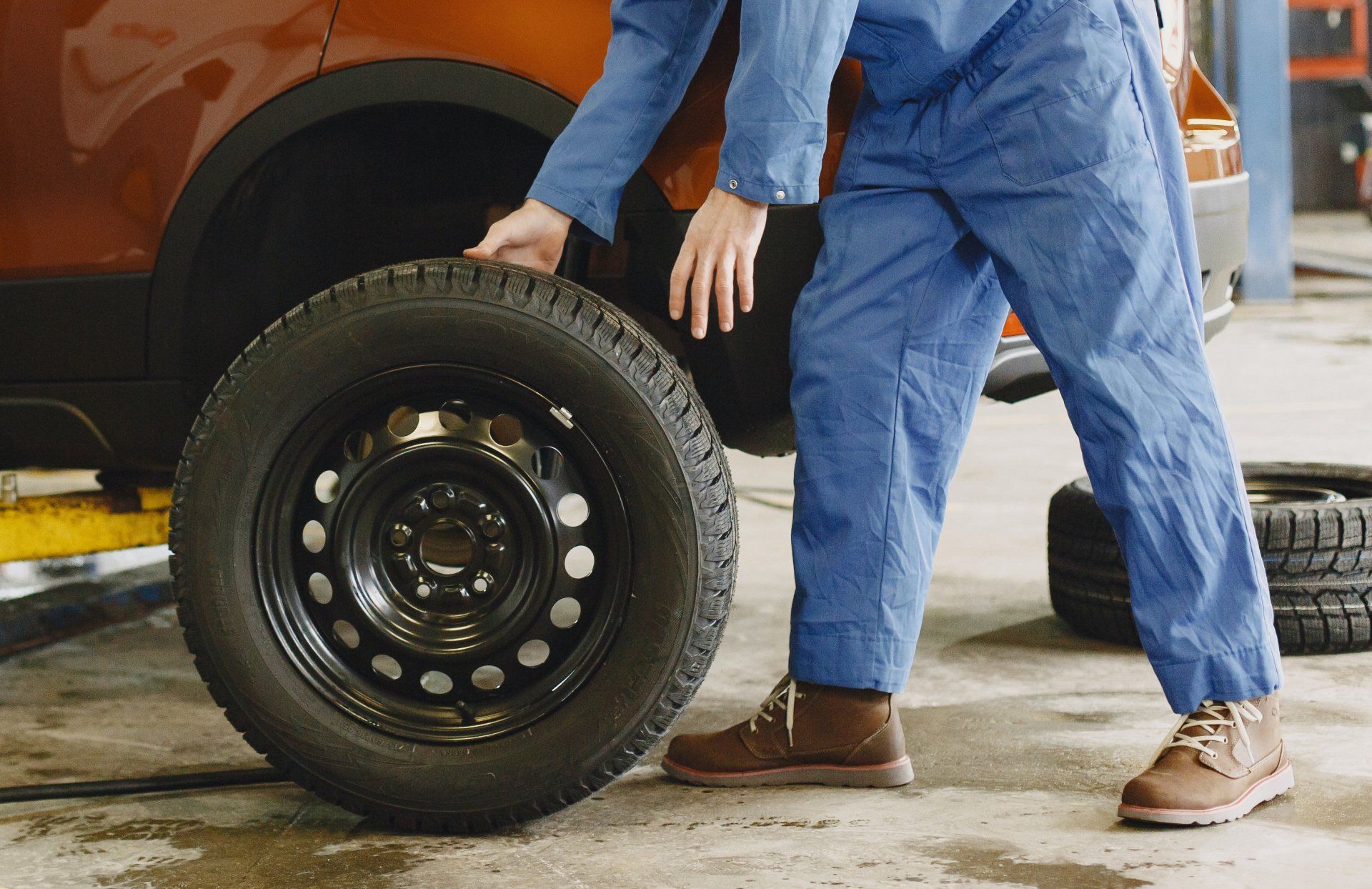
Ensuring you get from A to B is all about checking your car’s main components are up to spec. And it’s worth knowing your tires are no exception to this rule.
Your tires have a much bigger role in in safe road usage than you might think. Not only are they the only thing keeping your traction and letting you take control of your car, but they are also the factor that’s most easily changed and maintained where required. That’s where tire maintenance and tire replacement come in handy. You can even do it yourself if you have the right tools when stuck on the shoulder.
So, because they’re such a major component to your drive, it’s time we take y’all on a journey down the importance of tire maintenance. This way, you’ll know the dangers ahead if tire replacement and care aren’t taken where needed.
1. Prevent Veering While Driving
Your tires will often wear down at varying rates. So, the traction of each wheel will be uneven and you can often veer on the road if you don’t have enough tread. Another cause of veering is when your tires have low pressure, meaning there are a couple of checks to be done before you head out on any substantial drive.
The first check is to look at the tread on your tires using the penny trick. If you can see Abe’s head, it’s likely you need a tire replacement. Also, check what PSI or BAR your car’s tires need and head to your local gas station. Here you should see a self-serve air pump where you can see what tire pressure you have and – if you need to – you can top up.
2. Make Sure You Don’t Blow a Tire on the Drive
There is a variety of causes for tire blowouts that you should be aware of. When you know them, you can use them as a gauge to check to see whether you need to carry out some tire maintenance or tire replacement at your local autobody shop.
a. Low tire pressure
When one or more tires have low pressure, they’re running a lot closer to the roads and even the sides of the tire will roll on the tarmac as you press the gas. However, this part of the tire is much thinner and doesn’t take long to wear down and cause a blowout.
b. Punctures and debris damage
Even small punctures, whether they’re on the tread, shoulder or side wall can be a detriment to your tire. Not only will the holes allow air to escape and take us back to the issue of low tire pressure, but small flaps of rubber that run sideways on the tarmac can generate heat and either cause a flame or allow more of the tire to run down by melting.
c. Uneven tire tread
It’s worth noting that, where the weight is in your vehicle, the tires in that area will wear fastest. I.e., most cars have the engine at the front and the front tires will wear quickest. So, it’s important to conduct tire maintenance by rotating your tires from front to back, otherwise, they can run down to the point of blowout.
d. Heavy vehicle loads
For this one, it’s advised you look at your vehicle manual. This is because every car, van, tow or truck will have its own weight bearing limit. Exceeding this limit will cause excess strain on the motor as well as your tires allowing for more heat, traction, veering and blowout opportunities.
e. Past use by tire dates
Every tire states its manufacturer’s date in four letters on the side wall of the tire. With this, you can tell the time for tire replacement regardless of how long you’ve had them, used them or even how much tread is left. It’s advised tires are disused 6-8 years after the manufacturer’s date as this is often 2-4 years out of warranty.
3. Don’t Burn More Gas Than You Need to
Many drivers don’t believe tires can have such a large impact on fuel economy and gas mileage but it’s true: they do. And, with gas prices going in the direction they are, our wallets will thank us for this one.
There’s such a thing as “rolling resistance”. This means that whatever is rolling against the ground is causing resistance and will make your vehicle come to a rolling stop (which is why you need to keep your foot on the gas to get where you’re going). In theory, the more tire that’s touching the surface of the road, the more rolling resistance you’ll have and the more gas you’ll need to use.
Things that can affect how much of your tire is on the road include: tire pressure, tread depth and loading. So, your solutions include using tire maintenance opportunities to ensure you have lots of tread, good pressure and low load weights in your vehicle.
4. Reduce the Risk of Dangerous Driving
This one might seem a little obvious to some, but the importance of tire maintenance extends to your safety and the safety of your passengers, pedestrians and other road users, too.
Dangerous driving isn’t only for those who have had a beer before getting behind the road or for those too wrapped up in their cellphone conversation. It’s for those who don’t carry out proper tire replacement or maintenance checks, too.
For even more information on tire maintenance, have a read of our other article where we take you into the details of what to do next. It’s called “The Importance of Tire Maintenance for Your Daily Drive”.
Then again, if you’re looking to carry out some tire maintenance or tire replacement jobs but don’t know where to begin, call the Dealership Autoplex Collision Center team on (972) 242-0092. Our ASE-certified specialists will be able to talk you through the ins-and-outs of road safety for you and your vehicle.
If you don’t want to call, you could visit our website to find out all about what services we can offer or even come straight into the shop here in Carrollton, TX.
Your tires have a much bigger role in in safe road usage than you might think. Not only are they the only thing keeping your traction and letting you take control of your car, but they are also the factor that’s most easily changed and maintained where required. That’s where tire maintenance and tire replacement come in handy. You can even do it yourself if you have the right tools when stuck on the shoulder.
So, because they’re such a major component to your drive, it’s time we take y’all on a journey down the importance of tire maintenance. This way, you’ll know the dangers ahead if tire replacement and care aren’t taken where needed.
1. Prevent Veering While Driving
Your tires will often wear down at varying rates. So, the traction of each wheel will be uneven and you can often veer on the road if you don’t have enough tread. Another cause of veering is when your tires have low pressure, meaning there are a couple of checks to be done before you head out on any substantial drive.
The first check is to look at the tread on your tires using the penny trick. If you can see Abe’s head, it’s likely you need a tire replacement. Also, check what PSI or BAR your car’s tires need and head to your local gas station. Here you should see a self-serve air pump where you can see what tire pressure you have and – if you need to – you can top up.
2. Make Sure You Don’t Blow a Tire on the Drive
There is a variety of causes for tire blowouts that you should be aware of. When you know them, you can use them as a gauge to check to see whether you need to carry out some tire maintenance or tire replacement at your local autobody shop.
a. Low tire pressure
When one or more tires have low pressure, they’re running a lot closer to the roads and even the sides of the tire will roll on the tarmac as you press the gas. However, this part of the tire is much thinner and doesn’t take long to wear down and cause a blowout.
b. Punctures and debris damage
Even small punctures, whether they’re on the tread, shoulder or side wall can be a detriment to your tire. Not only will the holes allow air to escape and take us back to the issue of low tire pressure, but small flaps of rubber that run sideways on the tarmac can generate heat and either cause a flame or allow more of the tire to run down by melting.
c. Uneven tire tread
It’s worth noting that, where the weight is in your vehicle, the tires in that area will wear fastest. I.e., most cars have the engine at the front and the front tires will wear quickest. So, it’s important to conduct tire maintenance by rotating your tires from front to back, otherwise, they can run down to the point of blowout.
d. Heavy vehicle loads
For this one, it’s advised you look at your vehicle manual. This is because every car, van, tow or truck will have its own weight bearing limit. Exceeding this limit will cause excess strain on the motor as well as your tires allowing for more heat, traction, veering and blowout opportunities.
e. Past use by tire dates
Every tire states its manufacturer’s date in four letters on the side wall of the tire. With this, you can tell the time for tire replacement regardless of how long you’ve had them, used them or even how much tread is left. It’s advised tires are disused 6-8 years after the manufacturer’s date as this is often 2-4 years out of warranty.
3. Don’t Burn More Gas Than You Need to
Many drivers don’t believe tires can have such a large impact on fuel economy and gas mileage but it’s true: they do. And, with gas prices going in the direction they are, our wallets will thank us for this one.
There’s such a thing as “rolling resistance”. This means that whatever is rolling against the ground is causing resistance and will make your vehicle come to a rolling stop (which is why you need to keep your foot on the gas to get where you’re going). In theory, the more tire that’s touching the surface of the road, the more rolling resistance you’ll have and the more gas you’ll need to use.
Things that can affect how much of your tire is on the road include: tire pressure, tread depth and loading. So, your solutions include using tire maintenance opportunities to ensure you have lots of tread, good pressure and low load weights in your vehicle.
4. Reduce the Risk of Dangerous Driving
This one might seem a little obvious to some, but the importance of tire maintenance extends to your safety and the safety of your passengers, pedestrians and other road users, too.
Dangerous driving isn’t only for those who have had a beer before getting behind the road or for those too wrapped up in their cellphone conversation. It’s for those who don’t carry out proper tire replacement or maintenance checks, too.
For even more information on tire maintenance, have a read of our other article where we take you into the details of what to do next. It’s called “The Importance of Tire Maintenance for Your Daily Drive”.
Then again, if you’re looking to carry out some tire maintenance or tire replacement jobs but don’t know where to begin, call the Dealership Autoplex Collision Center team on (972) 242-0092. Our ASE-certified specialists will be able to talk you through the ins-and-outs of road safety for you and your vehicle.
If you don’t want to call, you could visit our website to find out all about what services we can offer or even come straight into the shop here in Carrollton, TX.
